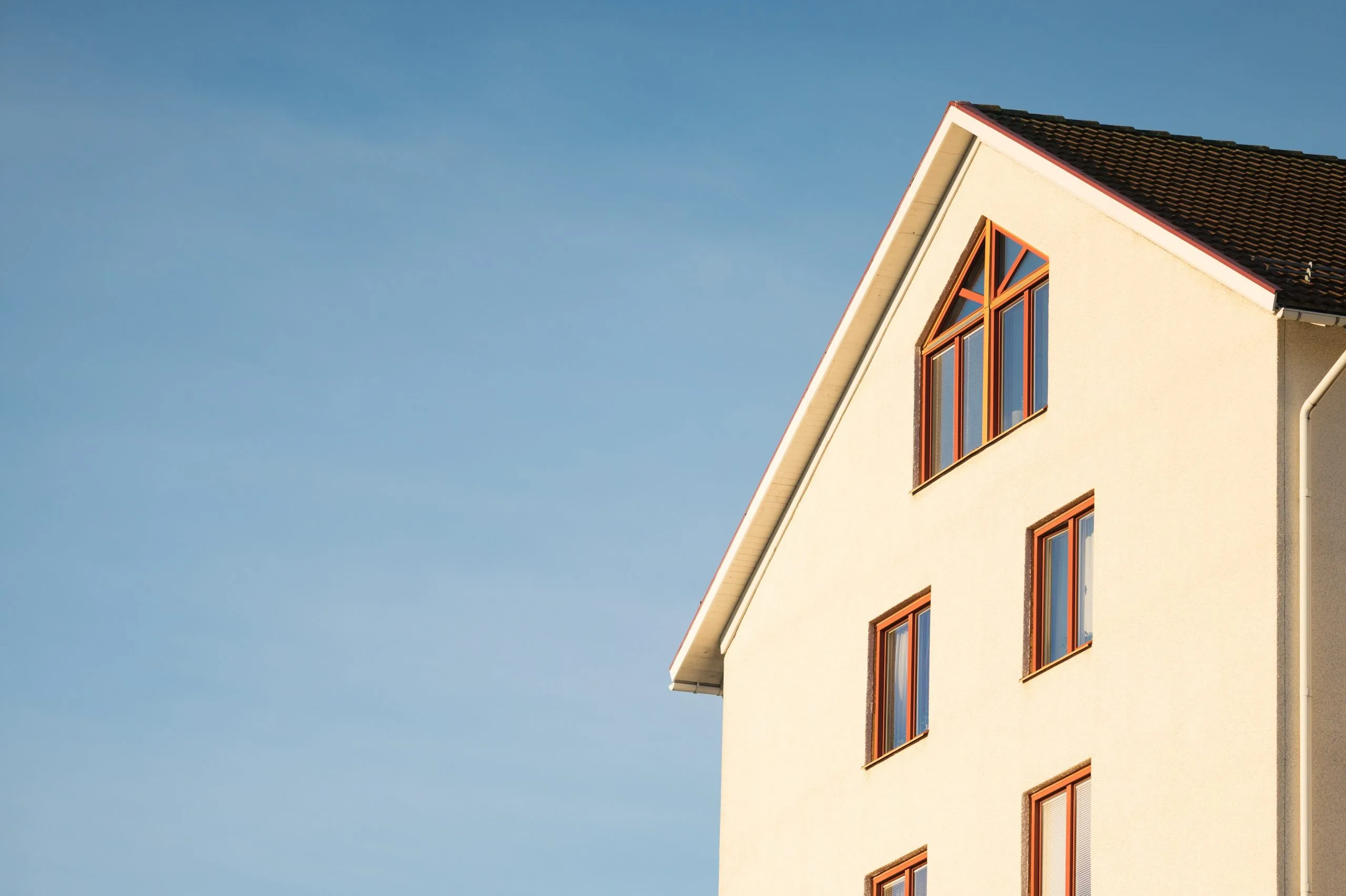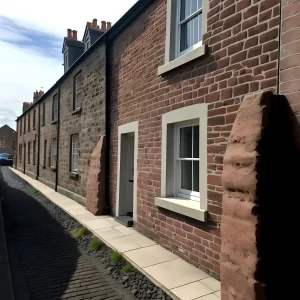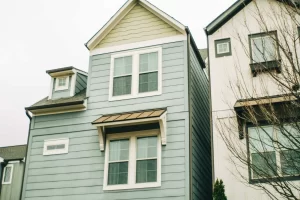Defects in a Building Survey on London Properties
One might imagine that a property is fine at first sight, but there are thousands of pounds of problems hidden in buildings in London. Some common property defects issues are minor annoyances which can be used to lower the asking price, but others are so severe that it wouldn’t be worth putting your investment and family’s future on the line.
A complete building survey report includes prioritised problems, suggestions for improvement unique to your house in particular and, as an additional service, an estimated overall cost for repairs.
1. Movement
Structural movement refers to changes in a building’s structure and the movement that occurs when a building responds to changes in temperature and humidity in varying seasons and over long periods of time. Buildings are constructed on a foundation that supports the structure. They are also subject to subsidence and heave. Houses are constructed of materials—concrete and steel, for example—that expand and contract, leading to deflection.
Movement and the forces that cause it are invisible to the eye. They can, however, be measured and studied. Measuring equipment takes different forms and this is known as “monitoring”.
Building surveyors with experience in London clay are adept at spotting signs of past movement. Once they spot them, they use their understanding of the local clay to get to the bottom of the problem.
2. Roofing Defects
Typical common property defects issues consist of leaks along with malfunctioning roof linings. That may necessitate pricey repair work.
3. Damp
There are many potential causes of dampness, such as leaking roofs, erosion of exterior surfaces, and damage to weep holes. Not only can prolonged dampness cause significant damage to buildings by, for instance, rusting metal reinforcement, but it can also lead to the growth of bacteria. Mould growth is particularly problematic because it can trigger allergies and other adverse health effects, such as throat irritation, nasal congestion and skin diseases. Fortunately, all building surveys include a comprehensive damp test.
4. Timber Issues (Dry Rot and Wet Rot and Woodworm Infestation)
Growth of destructive fungi can be spurred on by excess moisture, which, together with infestations like woodworm, can cause timber rot if nothing is done. Problems that result in excess moisture include broken guttering, poor roof ventilation and plumbing leaks.
5. Asbestos
Due to its flame-resistant properties, asbestos was used heavily in construction materials from the 1940s through the 1970s. However, after several studies revealed the toxic nature of the substance, it has widely been banned. Asbestos is a human carcinogen– it is the sole known cause of mesothelioma, which is a form of cancer that affects the lining of the lungs, stomach, heart, and major organs. The inhalation of asbestos fibers can also cause asbestosis, a serious and progressive lung disease. Symptoms can take 20 to 50 years to manifest after exposure.
In spite of the full ban on the use of asbestos in buildings starting in 1999, there are still hundreds of buildings at significant risk in London. Surveyors will examine your new home’s lofts, ceilings, and vinyl floors, etc. If they identify asbestos, they will mention it in the report, but a building survey is not an asbestos survey. You would need to have an asbestos survey commissioned separately.
6. Windows
Windows repairs can result in thousands of pounds in cost; however, some common property defects problems are harder to detect. A building survey reveals potentially expensive problems like timber decay and condensation inside double glazing.
7. Services (Gas, Electrical, Heating and Hot Water, etc.)
There are many instances such as gas leaks and malfunctioned wiring that present unsafe living environments. RICS surveyors can only perform a simple visual inspection for gas and electrical utilities, but can recommend a licensed contractor to come out for a full test if they suspect something is faulty.
8. Flood
Many households in London are under threat of flooding, especially those near to the River Thames. Expanding the basement also opens the doors for the property to flood due to a problem with drains or if an extremely heavy downpour occurs. A building survey report will include a flood map for reference – so you can see how much risk you are in.
9. Drainage
Building surveyors can not ordinarily see into drains other than lifting up the manhole covers to do a brief inspection, usually in conjunction with flushed water to check that there are no obvious blockages. A CCTV survey may be required for in-depth examination of the drain.
10. Fire Systems
A genuine worry for many properties in London is unheeded fire safety – the terrible Grenfell Tower tragedy is the most recent example. A building surveyor will check your structure’s fire doors, smoke alarms, escape routes, and more to ensure it meets existing safe practice codes.
What do I do if the Building Survey has found defects?
You can renegotiate on the house price prior to exchange in order to save on these costs or get the vendor to fix them. If you do not, then you bear the cost and they may have worsened by the time you get around to addressing them. Contact us for advice.












